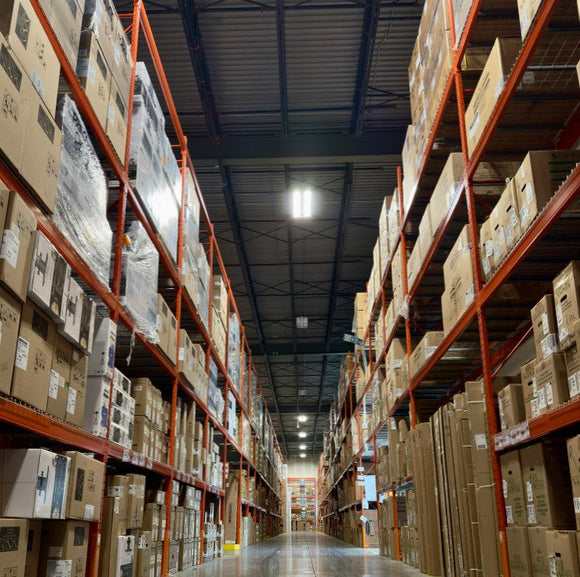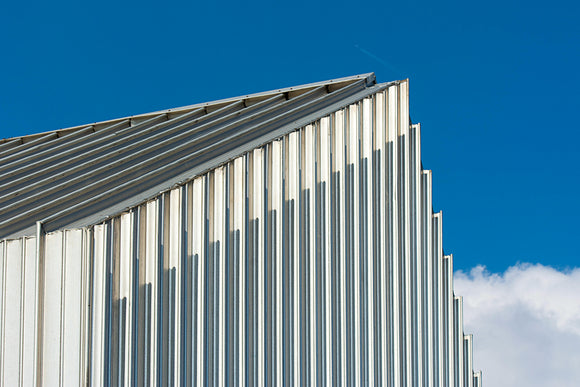
What Makes Plastic Hurricane Panels a Smart Investment for Storm Season?
Shalini Gupta
When storm season rolls around, the safety of your home becomes a top priority. Over the years, many homeowners have started to move away from outdated storm protection methods, exploring new materials that combine strength with ease of use. Among these, plastic panels have emerged as a practical solution offering more than just protection—they deliver peace of mind and long-term value.
Unlike metal shutters or plywood boards, hurricane storm panels made from plastic are designed with both functionality and convenience in mind. Their growing popularity stems from their lightweight nature, high impact resistance, and ease of storage—all key factors for homeowners looking to stay prepared without the stress.

Why Plastic Panels Are Changing the Game
Plastic panels, especially those made from polycarbonate, offer a powerful mix of visibility and strength. They allow natural light to filter into your home during a storm, making indoor spaces feel less confined and easier to monitor. You won’t be sitting in the dark wondering what’s happening outside.
This is especially valuable for families with children or elderly members, where visibility during extreme weather can provide emotional reassurance. It also gives homeowners a visual of their surroundings without having to expose themselves to the elements.
Built for Strength Without the Bulk
Despite being lightweight, plastic panels can withstand serious force. Polycarbonate—the material most commonly used—is up to 200 times stronger than glass. It’s used in applications like police riot shields and airplane windows for a reason. This strength allows the panels to absorb and deflect flying debris without cracking, which is one of the leading causes of storm-related window damage.
Unlike metal panels, plastic doesn’t dent or rust. And compared to plywood, which may split or absorb moisture, plastic panels retain their integrity season after season.

The DIY Advantage
Many homeowners prefer DIY hurricane panels to save time and money, and plastic makes that entirely possible. You don’t need a crew of professionals or heavy tools. These panels are easy to lift, align, and fasten using basic hardware.
Some systems use a track mount where panels simply slide in, while others use bolts or wing nuts for a more fixed approach. Either way, the entire setup can usually be completed in a few hours—an attractive feature when a storm warning is just days away.
Cost vs. Value: What to Expect
While plastic options may carry a higher upfront price than plywood, their durability and reusability offer better long-term value. Consider this: one set of panels, properly stored and maintained, can last over 10 years. That’s a decade of protection without needing replacements.
Add to that the fact that you can install them yourself and avoid paying installation fees, and the overall return on investment becomes clear. Homeowners looking for practical storm readiness appreciate the blend of quality and convenience.
Storage and Maintenance Tips
Keeping your panels in good shape isn’t difficult. After a storm, simply rinse them off to remove salt or debris, dry thoroughly, and store them in a cool, dry area. If stacking, use soft cloth or foam spacers to avoid surface scratches.
Many homeowners label their panels by window location (“Master Bedroom Left” or “Kitchen Right”) to make reinstallation faster and more efficient next time.
Real Homeowner Success: A Florida Example
A homeowner in Fort Myers shared that switching from aluminum to plastic panels saved her nearly two hours during prep for Hurricane Ian. With panels stored in her garage, she was able to quickly install them solo using the pre-installed track system. Despite heavy winds and debris, every window remained intact—and daylight streamed in the whole time.
She also appreciated the clear panels for an unexpected benefit: her pets were calmer during the storm thanks to the added light and reduced noise from wind hitting solid surfaces.

Addressing Common Concerns
Some worry that plastic might yellow over time or scratch easily. Quality panels are often treated with UV-resistant coatings to prevent discoloration and come with a scratch-resistant finish. While no material is indestructible, well-maintained plastic panels continue to perform season after season.
As for local regulations, many panels are tested and certified to meet building codes, including Miami-Dade’s strict hurricane standards. Always check for certification marks before purchasing.
A Note on Suitability
Plastic panels are an excellent fit for single-family homes, townhouses, and small businesses. However, for large commercial buildings or high-rise condos, more permanent systems may be required. In such cases, combining plastic panels with other upgrades like impact glass or storm doors adds layered security.
Still, for most homeowners, plastic hurricane panels offer a winning combination of reliability, visibility, and user-friendliness.
What do hurricane panels do?
Choosing the right storm protection isn’t just about durability—it’s also about convenience, clarity, and confidence. Plastic panels deliver all three. Whether you're a longtime resident of a hurricane-prone area or a new homeowner preparing for your first storm season, these panels represent a smart, sustainable choice.
In an era where weather is increasingly unpredictable, solutions that offer long-term resilience and easy handling are not just helpful—they're essential, Explore more on our socials.



